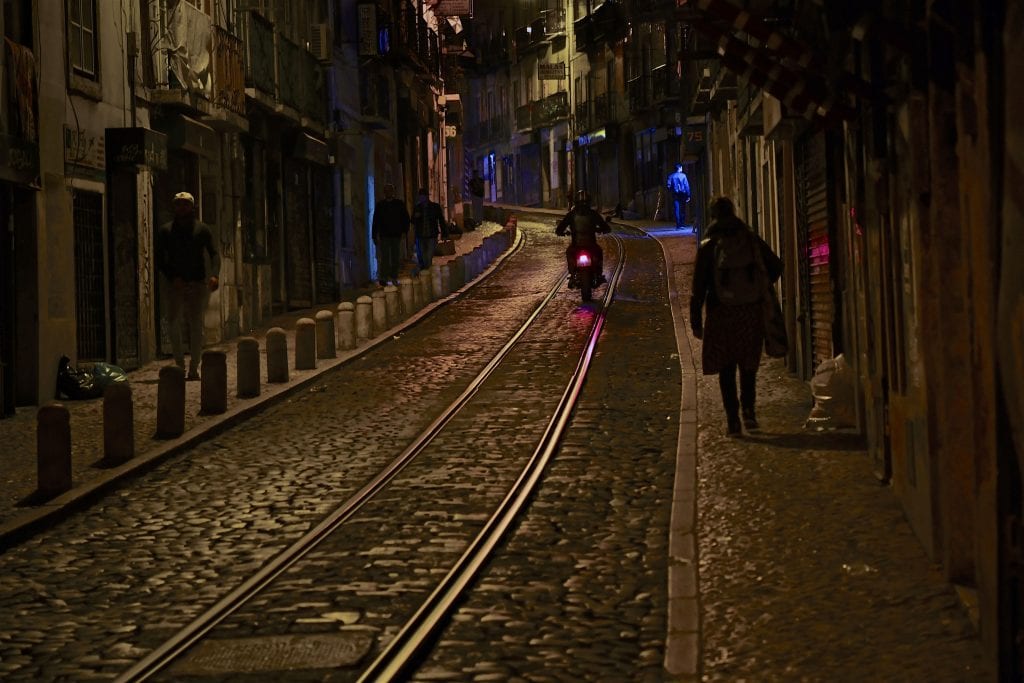While rummaging through the photo section of a small bookstore in a small town, I came across a beautiful little personal project that made a big impact on me.
The inspiring book was The Day-to-Day Life of Albert Hastings (Princeton Architectural Press), by American photographer KayLynn Deveney. She was living in Wales when she met Mr. Hastings, the subject of her story, who was 85 when they met (and since passed away at the age of 91).

Deveney’s work is a reminder that there are great stories and subjects close by. She left her comfort zone to initiate the meeting that would lead to her project. She writes, “At first I felt shy about introducing myself to Bert, but eventually I did walk over to meet him and he greeted me warmly.”
What results is a beautifully documented look at one man’s life through the simple, tender, and evocative photographs combined with Mr. Hastings’ artwork and captions. Through their collaborative efforts, we enter the private world of an elderly gentleman whose life makes us think about our own and those of our loved ones.
For 15 months, Deveney would visit her neighbor three or four times a week. Many of her photographs are of details: Mr. Hastings’ socks hung over his door on a hanger to dry; a broken daffodil rescued by a rubber band that lets it stand up in a coffee mug.
“It’s tough to shoot in one room over a long period of time. You have to constantly be challenging yourself to see new details, notice nuances in the light and small mannerisms of his. It’s important to not stop looking,” Deveney said.
As you turn each page, you learn more about Hastings’ home, personality, and life. By the end of the book, you really feel like you know him.



From The Day-to-Day Life of Albert Hastings, by KayLynn Deveney. “It’s important to not stop looking,” she says. ©KayLynn Deveney
Photographs and words working together can take on new power.
Just take a look at Joel Sternfeld’s On This Site (Chronicle Books). Sternfeld melds photojournalism with landscape and crime-scene photography as he goes to famous places where tragic events took place in America and re-photographs a rather ordinary scene.
It’s only when you read the captions and realize what happened on that site that the power of the project takes hold. These innocuous-looking images take on a strong resonance, triggering your own remembrance of an iconic image or news story that emanated from that spot. A great project idea, well-executed and a reminder of how combining words with images can magnify their power.

“I went to Central Park to find the place behind the Metropolitan Museum of Art where Jennifer Levin had been killed. It was bewildering to find a scene so beautiful … to see the same sunlight pour down indifferently on the earth.
As I showed the photograph of this site to friends, I realized that I was not alone in thinking of her when walking by the Met. It occurred to me that I held something within: a list of places that I cannot forget because of the tragedies that identify them, and I began to wonder if each of us has such a list. I set out to photograph sites that were marked during my lifetime.
Yet, there was something else that drew me to this work. I think of it as the question of knowability.
Experience has taught me again and again that you can never know what lies beneath a surface or behind a façade. Our sense of place, our understanding of photographs of the landscape is inevitably limited and fraught with misreading.” Joel Sternfeld
Do you have any photographers or projects that have inspired your work? Share them in the comments….











